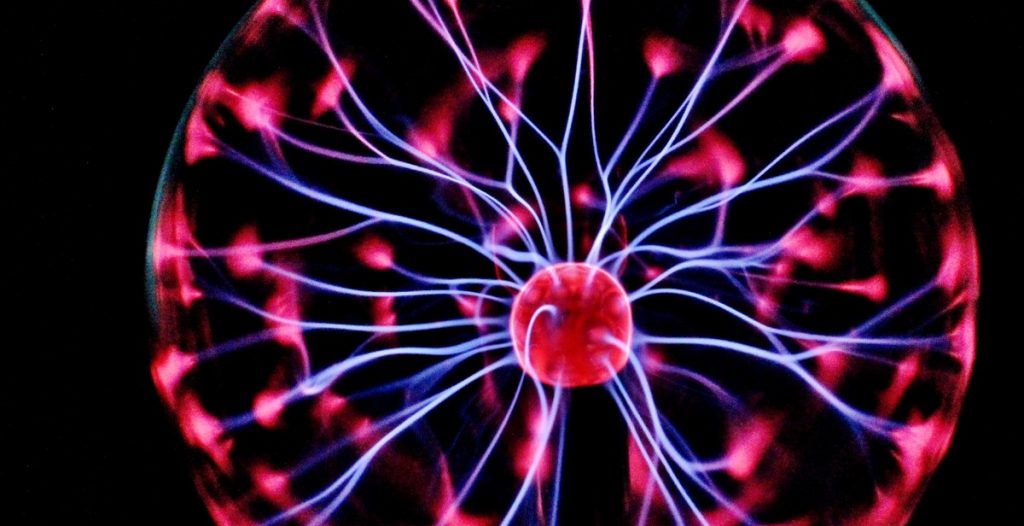Why is my candle flame so high?
Have you ever lit a candle and noticed that the flame is unusually high? This can be a cause for concern as it may pose a fire hazard or lead to a shorter burn time for your candle. However, there are several reasons why a candle flame may be higher than usual.
Airflow
One of the most common reasons for a high candle flame is airflow. When there is a draft or breeze in the room, it can cause the flame to flicker and dance, which may result in a larger flame. Additionally, if the candle is placed near an open window or door, the increased airflow can cause the flame to burn higher.
Candle Wick
The size and quality of the candle wick can also affect the height of the flame. If the wick is too thick, it may produce a larger flame, while a thin or damaged wick may cause the flame to be smaller than usual. Additionally, if the wick is not centered in the candle, it can cause uneven burning and a higher flame.
Candle Wax
The type of wax used in the candle can also impact the flame height. Soy wax and beeswax tend to produce smaller flames, while paraffin wax may create a larger flame. Additionally, if the candle wax is not properly formulated or mixed, it can cause the flame to burn higher than usual.
Understanding the reasons behind a high candle flame can help you take the necessary steps to prevent accidents and ensure that your candle burns safely and efficiently.
The Science of Candle Flames
Candles have been used for centuries as a source of light and warmth. However, have you ever wondered how a candle flame works? The science behind candle flames is fascinating and involves chemistry, physics, and biology.
The Chemistry Behind Candle Flames
When a candle is lit, the heat of the flame melts the wax near the wick. This liquid wax is drawn up the wick by capillary action, which is the ability of a liquid to flow in narrow spaces without the assistance of, or against, external forces like gravity. Once the liquid wax reaches the flame, it vaporizes and breaks down into hydrocarbons. These hydrocarbons react with oxygen in the air, producing heat, light, water vapor, and carbon dioxide.
The Role of Oxygen in Candle Flames
Oxygen is a critical component in candle flames. Without oxygen, the hydrocarbons in the wax cannot react, and the flame will go out. However, too much oxygen can also be a problem. If the flame is exposed to too much air, the hydrocarbons will not have enough time to react, and the flame will become weak and flicker out. This is why it’s essential to keep the flame away from drafts and to trim the wick to the correct length.
The Importance of Wick Length and Diameter
The length and diameter of the wick play a crucial role in the size and stability of the flame. A wick that is too long will produce a large, flickering flame that can be dangerous. A wick that is too short will produce a small, weak flame that is difficult to see. The diameter of the wick also affects the flame size. A thicker wick will produce a larger flame, while a thinner wick will produce a smaller flame.
It’s essential to choose the right wick length and diameter for the type of candle you are making. Different types of wax and fragrances require different wick sizes to burn correctly. It’s also important to trim the wick to the correct length before each use to ensure a stable flame and prevent soot buildup.
| Concept | Description |
|---|---|
| Capillary Action | Ability of a liquid to flow in narrow spaces without external forces |
| Hydrocarbons | Chemical compounds in wax that react with oxygen to produce heat, light, water vapor, and carbon dioxide |
| Oxygen | Essential component in candle flames that allows hydrocarbons to react |
| Wick Length | Affects flame size and stability; too long produces a large, flickering flame, while too short produces a small, weak flame |
| Wick Diameter | Affects flame size; thicker wicks produce larger flames, while thinner wicks produce smaller flames |

Common Reasons for High Candle Flames
High candle flames can be caused by a variety of factors, including drafts and airflow, wick size and type, candle wax type, burning time, and candle size. Understanding these factors can help you troubleshoot your candle burning issues and ensure that your candles burn safely and efficiently.
Drafts and Airflow
Drafts and airflow can cause high candle flames by disrupting the balance of heat and oxygen needed for a steady burn. When a candle is exposed to a draft or airflow, the flame can become larger and more erratic, resulting in a shorter burn time and the potential for safety hazards. To prevent this, make sure to burn your candles in a draft-free area, away from open windows, doors, or vents.
Wick Size and Type
The size and type of wick used in a candle can also affect the height of the flame. A wick that is too large for the candle can result in a high flame, while a wick that is too small can result in a weak flame. Additionally, the type of wick used can also impact the flame height. Cotton wicks tend to produce a larger flame, while wooden wicks produce a smaller, more controlled flame. To ensure that your candle burns properly, choose a wick that is appropriate for the size and type of candle you are burning.
Candle Wax Type
The type of wax used in a candle can also impact the height of the flame. Soy wax, for example, tends to produce a smaller flame than paraffin wax. Beeswax, on the other hand, produces a larger flame due to its high melting point. To control the height of your candle flame, choose a wax that is appropriate for your needs.
Burning Time and Candle Size
The burning time and size of the candle can also impact the height of the flame. A candle that has been burning for an extended period of time may produce a larger flame due to the buildup of wax and soot around the wick. Similarly, a larger candle may produce a larger flame due to the increased amount of wax and wick needed to sustain the burn. To prevent high candle flames, make sure to follow the manufacturer’s instructions for burning time and candle size.
Conclusion
By understanding the common reasons for high candle flames, you can ensure that your candles burn safely and efficiently. Remember to keep your candles away from drafts and airflow, choose an appropriate wick and wax type, and follow the manufacturer’s instructions for burning time and candle size. With these tips, you can enjoy the warm glow of your candles without worrying about safety hazards or inefficient burns.

How to Fix High Candle Flames
If you are experiencing high candle flames, there are a few things you can do to fix the issue. Here are some tips:
1. Trim the Wick
One of the most common causes of high candle flames is an untrimmed wick. When a wick is too long, it can create a larger flame than necessary, which can lead to soot buildup and uneven burning. To fix this issue, trim the wick to about 1/4 inch before lighting the candle. You can use scissors or a wick trimmer to do this.
2. Adjust the Wick Position
If your candle flame is still too high after trimming the wick, you may need to adjust the wick position. Make sure the wick is centered in the wax and not leaning to one side. You can use a toothpick or a wick centering tool to adjust the wick position. This will help ensure a more even burn and prevent excessive flame height.
3. Use a Candle Snuffer
When you blow out a candle, it can create a gust of air that can cause the wick to move and create a larger flame. To prevent this from happening, use a candle snuffer to extinguish the flame. This will help keep the wick in place and prevent any excess burning.
4. Try a Different Candle Type
If you have tried all of the above tips and your candle flame is still too high, it may be time to try a different type of candle. Some candles are designed to burn hotter and produce larger flames, while others are designed for a more controlled burn. Look for candles labeled as “low flame” or “slow burn” to help fix the issue.
By following these tips, you can fix high candle flames and enjoy a more controlled and even burn. Remember to always practice candle safety and never leave a burning candle unattended.
Conclusion
In conclusion, the height of a candle flame depends on several factors, including the type of wax, wick size, and air currents. It is essential to choose the right type of wax and wick size to ensure that your candle burns evenly and safely. If your candle flame is too high, it can be a sign of an underlying problem that needs to be addressed.
One of the most common reasons for a high candle flame is a wick that is too large for the candle’s container. This can cause the flame to burn too hot and too fast, leading to uneven melting and potential safety hazards. To avoid this, always follow the manufacturer’s recommendations for wick size and container size when making candles.
Another reason for a high candle flame is air currents. If your candle is placed in a drafty area or near a fan, the flame may flicker and burn higher than normal. To avoid this, always place your candle in a stable, draft-free location.
Finally, it is essential to practice good candle safety habits, such as trimming the wick before each use and never leaving a burning candle unattended. With the right precautions and attention to detail, you can enjoy the beauty and warmth of a candle flame safely and without worry.
| Key Takeaways |
|---|
|



